With the recent attention to race relations in our country, I am reminded of my visit to the National Museum of African American History and Culture in Washington D.C. last year. The building had been receiving a lot of accolades from all the design magazines on its striking design and diversion of style from the rest of D.C. architecture, so it was high on my list of places to visit. My expectations of the building were high, however I expected the exhibit itself to be quite depressing.
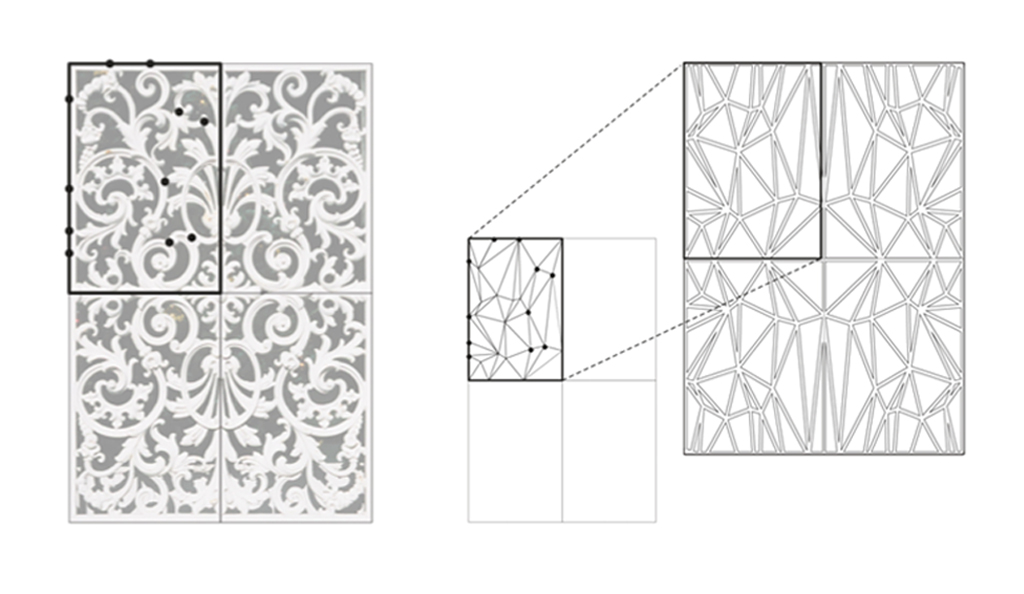
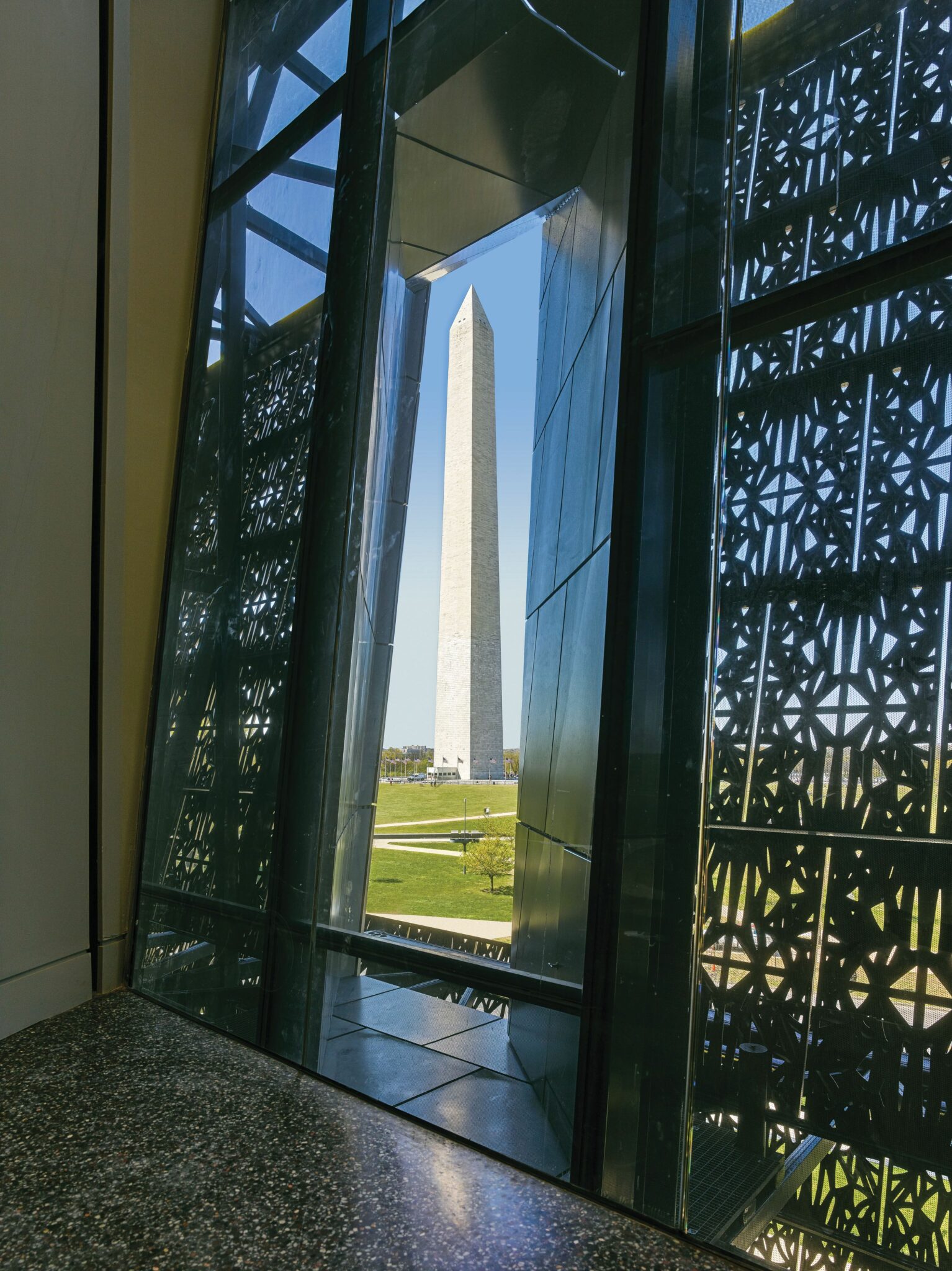
Photo Credit: Alan Karchmer
Upon arriving at the museum, I was immediately struck by its design. The building’s shape can be described as inverted pyramids stacked upon each other. These shapes are really sunscreens of cast aluminum latticework. The pattern is a modern interpretation of intricate ironwork of railings and façade ornaments found in the deep south often created by enslaved African Americans and freedmen. The building is organized in a directional manner that forces you to experience the building in a certain way. Frank Lloyd Wright created the Guggenheim Museum in New York in this same way. His cylindrical building of ramps wants you to first take an elevator to the top then work your way to the bottom down the ramps. The African American Museum was designed in the opposite manner – an elevator takes you to a basement level and forces you to climb ramps to the top. This means a more laborious experience which seemed to coincide with my expectations of the exhibit.
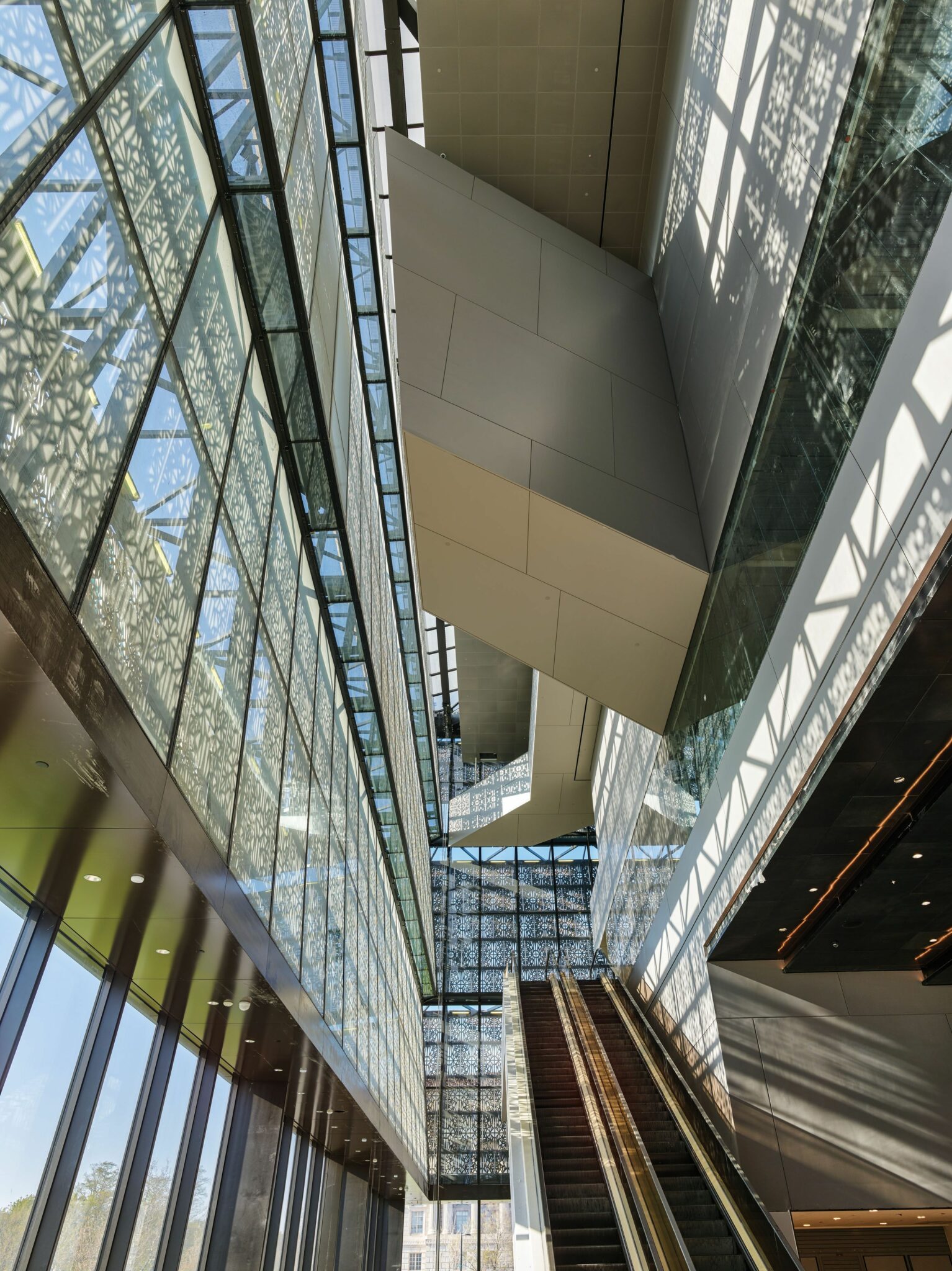
I took this trip down the large elevator with twenty or so other people and a museum employee coordinating the descent. As I exited the elevator, I recall the employee telling us to “go get your history on!” in an upbeat manner, challenging my notion of a stuffy and depressing museum experience. As I walked through the museum, I certainly saw examples of the tragic history that I was expecting: slavery, Jim Crow laws, segregation, and lynchings, to name but a few. However, I also found things that I was not expecting, such as the story of Crispus Attucks, who was the first American killed in the American Revolution and was a former slave of African descent. This was just the first of many examples of the extraordinary role African Americans have played in every American war. I was also surprised to learn that Abraham Lincoln did not start his presidency as an abolitionist like I had always thought. People like Frederick Douglass spent a great deal of time and energy working to move him in the direction of freedom and equality for all. As I made progress through the museum, the exhibits also progressed through history. The closer I got to the top, the closer I got to present day. Here the artifacts and subject matter were much more familiar to me, with names of artists, activists, and celebrities I recall hearing throughout my life and that make up so much of modern American culture.
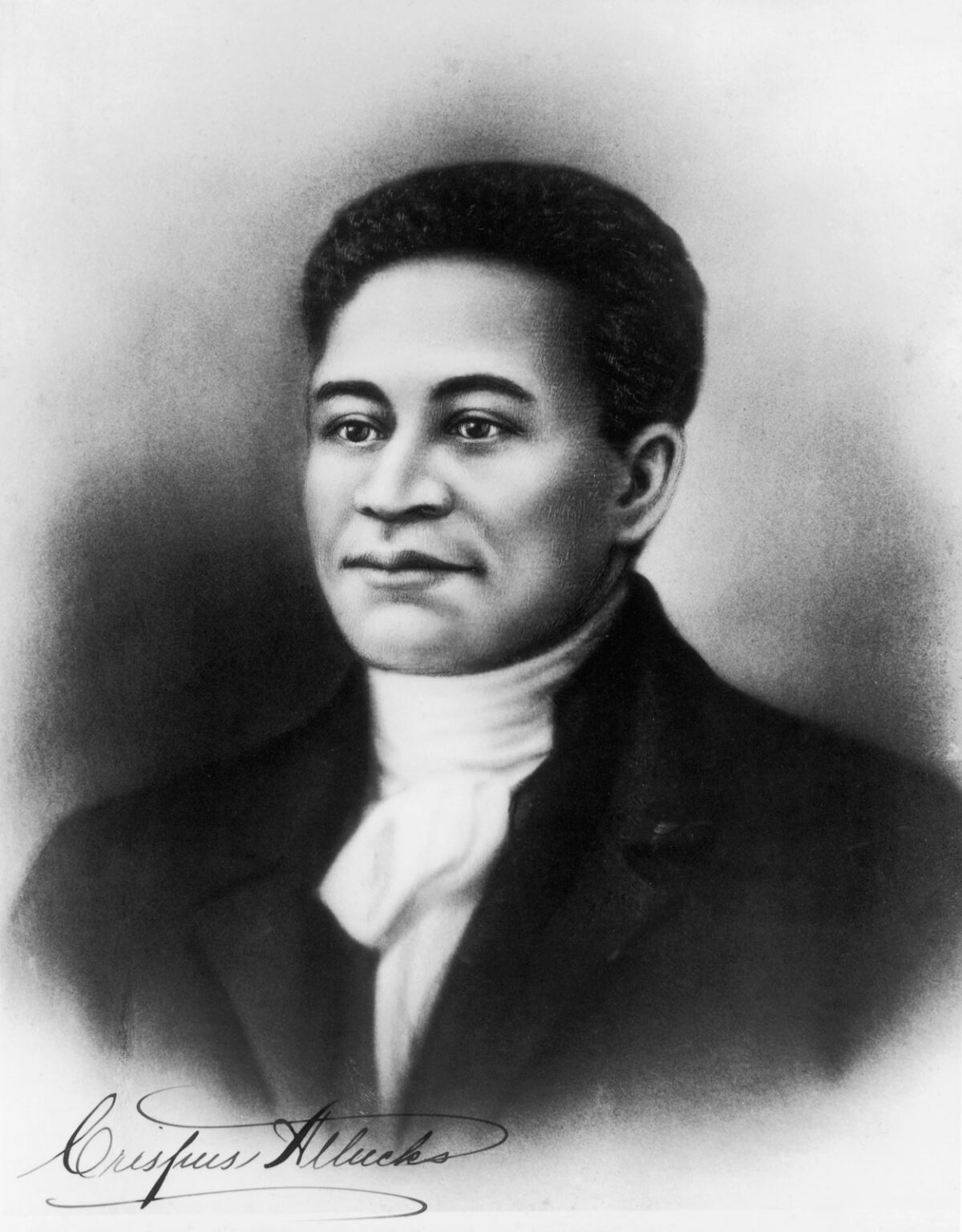
As I walked through the museum, I tried to imagine the emotions I would feel if my ancestors had experienced the horrors and tragedies represented there. I could only imagine myself coming away with a sense of anger at the brutality and the hardships. Instead, what I saw from the African American visitors was a sense of pride at what their ancestors had overcome and gone on to accomplish. One couple in particular couldn’t help sharing with me their excitement to find an art piece in the museum that was a version of one that they owned in their own home. Seeing their culture on display in such a way obviously resonated with them.
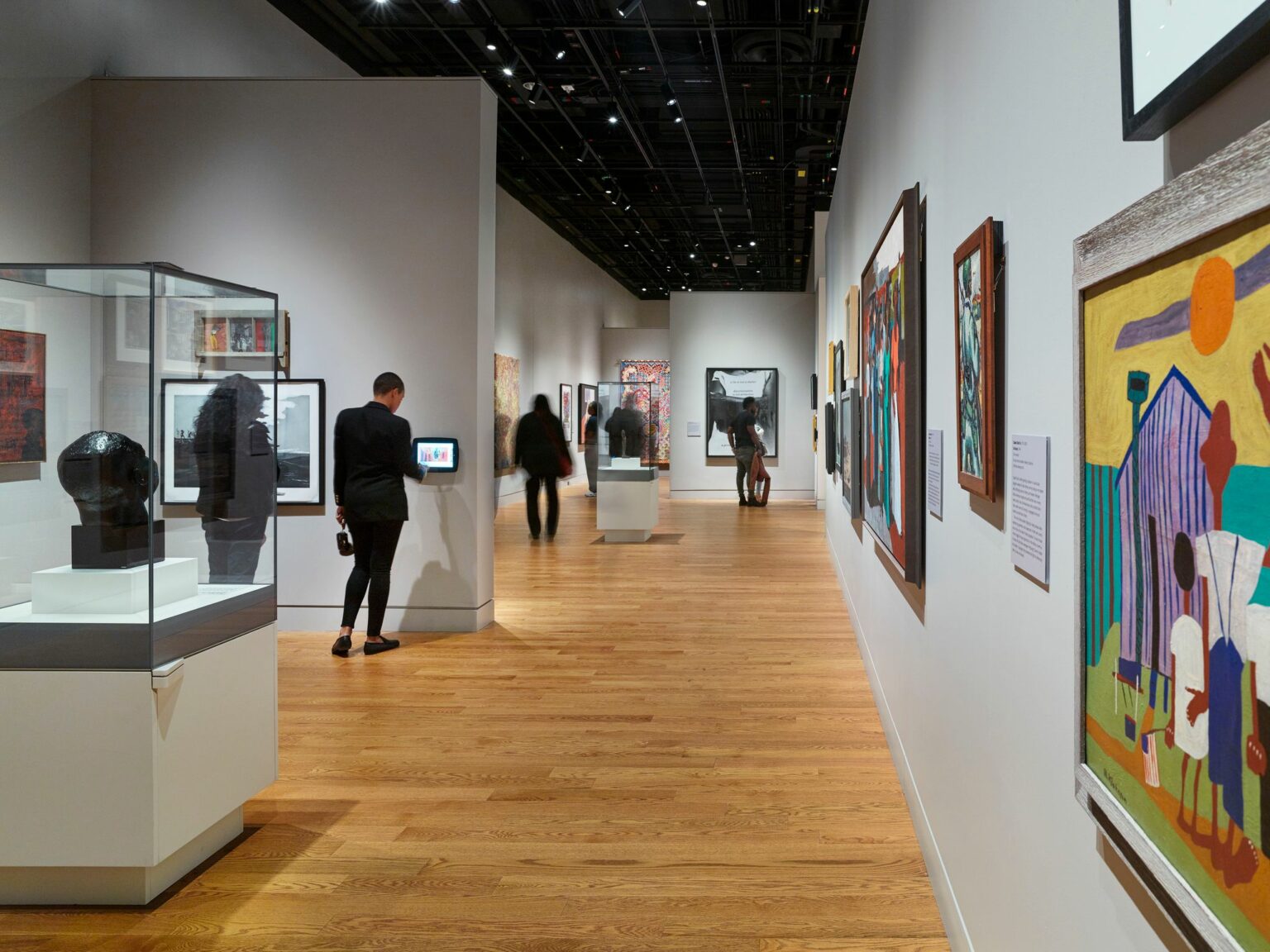
As I experienced the museum, I learned a lot more about things I already knew and even more things I didn’t. Nonetheless, what I came away with was that I was really learning about American history, not just African American history. We truly would not be the country we are today without the contributions of so many of African descent. In 2020, we have had to deal with a global pandemic, civil unrest, and more. All of this has many people expressing a desire to get back to “normal”. However, it is my hope that through continued dialogue and open-mindedness regarding each others’ experiences, America will not return to its old normal but to a new normal that will be even better! If you are able, I highly encourage you to visit the museum. I think you’ll find, as I did, that the exhibits within are valuable and relevant to every American.

Photo Credit: Alan Karchmer
For more information about the Smithsonian National Museum of African American History & Culture: https://nmaahc.si.edu/
For more information on the architectural details of the building: https://architizer.com/blog/practice/details/architectural-details-david-adjaye-smithsonian/
Today, architects look back on these historical roots with a backward glance at the old styles that influence modern designs. Many of today’s Texas regional vernacular houses are inspired by simple barns and one-room dwellings, many of which remain as aged agrarian buildings. The designs still authentically respond to the natural environment, to their specific sites, to honest materials from the areas, and convey timeless design principles still applicable today. They look like something rooted in the past but with more modern design sentiments and heightened attention to sustainability and energy-efficiency.

written by Paul Martinez, AIA


